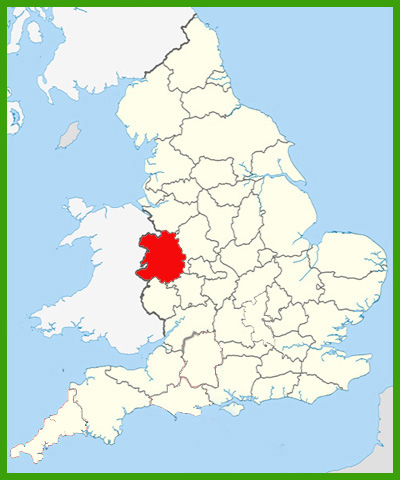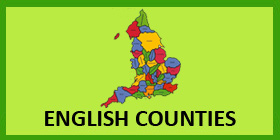





Back to the English Counties Page

Some fun info is here.


Shropshire is the 13th largest county or metropolitan borough in England.
Shropshire has the 42nd highest population in England.
Shropshire is in 44th place for density of population.
All figures the latest available as at July 2022

